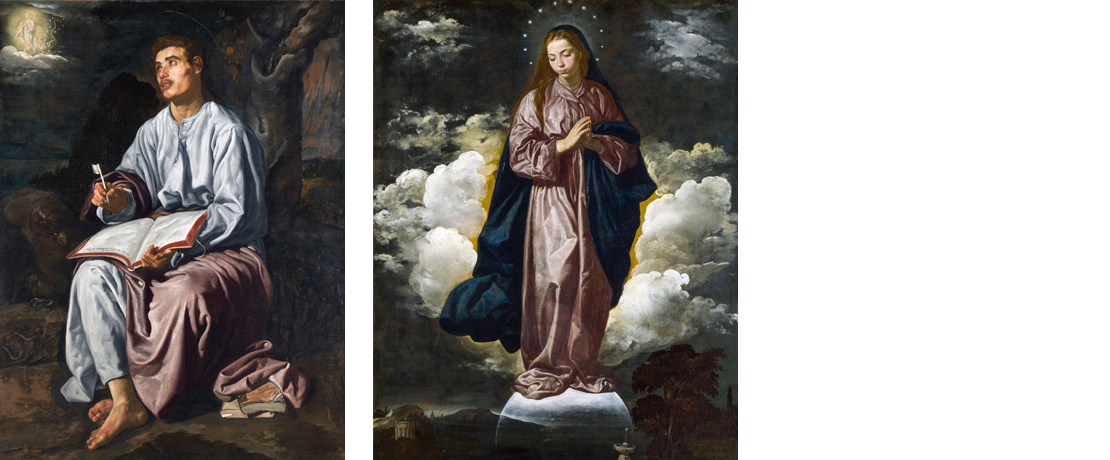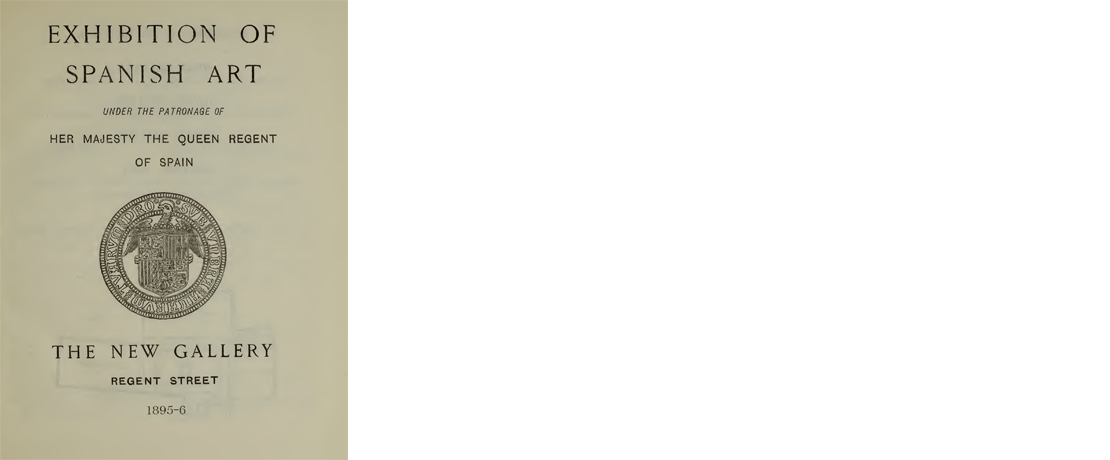Murillo, Velázquez and the English love of Spanish “Golden Age” painting
The Carmelites of Carmen Calzado in Seville ordered paintings for their monastery from two great artists in the 17th century: in 1618 they commissioned images of the Immaculate Conception and St. John on Patmos from Diego Velázquez; a generation later, in the 1650s, the present Madonna of the Rosary from Bartolomé Esteban Murillo. The subsequent fate of these paintings is comparable, and it is no coincidence that all three travelled from Seville to England.
The Napoleonic age was a turbulent time for Spain as it was for the rest of Europe, marked by wars, uprisings and looting. It led to the exile of the Spanish king, but also to the dissolution and secularisation of monasteries - including the Carmen Calzado monastery in Seville. It was mainly Englishmen who, through their knowledge, enthusiasm and sufficient wealth, acquired many of the works of art that became available on the market at the time. Thus, the two works by Velázquez from the monastery came into the possession of Bartholomew Frere, who was in Seville as a minister plenipotentiary in 1809/10. They were passed down within his family before being acquired by the National Gallery in London (at different times). The Madonna of the Rosary by Murillo initially remained in Seville.
There it came into the possession of the art agent and collector Walter Benjamin Williams, before he sold the painting to Sir William Eden in 1834.

The English had a special relationship with Spanish Baroque painting, and it was an enthusiasm that lasted throughout the 19th century. This enthusiasm was fuelled, among other things, by “The Spanish Gift”: the Duke of Wellington, English hero of the Spanish war against Napoleon, received as a gift from the reinstated Spanish King Ferdinand VII, in gratitude for his military successes, 83 paintings that Wellington had previously captured from the fleeing Joseph Bonaparte at the Battle of Vittoria. Among them were numerous works of the Spanish Baroque, including paintings by Velázquez and Murillo.
While English art collectors had always been interested in Spanish painting, a great enthusiasm for the art of the "Siglo de Oro" developed throughout the course of the 19th century. For example, the import of Spanish works of art to Great Britain increased fivefold in the 1830s, the period in which the Madonna of the Rosary also arrived in England. This also explains why the National Gallery in London today houses such an important collection of Spanish paintings. This enthusiasm is also reflected in the major exhibitions of Spanish art that took place in England in the 19th and early 20th centuries, such as the "Exhibition of Spanish Paintings under the Patronage of Her Majesty the Queen Regent of Spain" in 1895/96. This important exhibition included loans from the Queen of England and the Dukes of Wellington and Westminster as well as Murillo's Madonna of the Rosary, the Eden Madonna.

